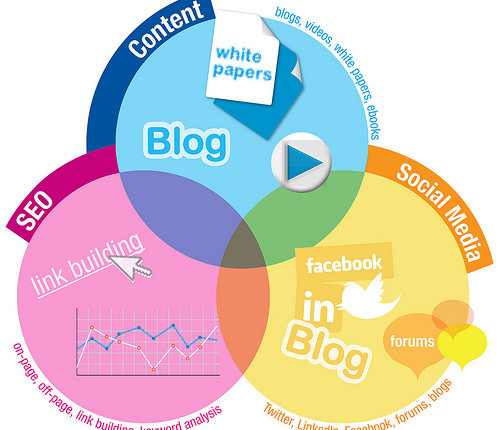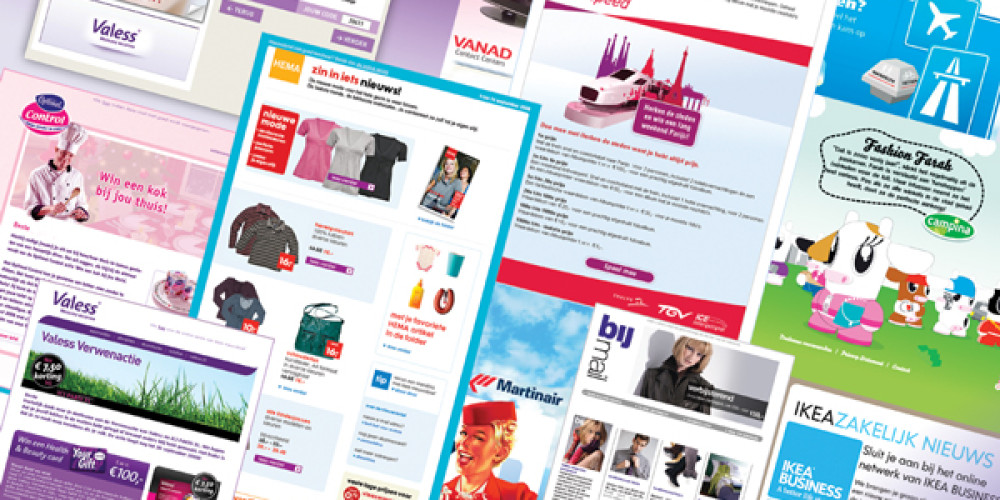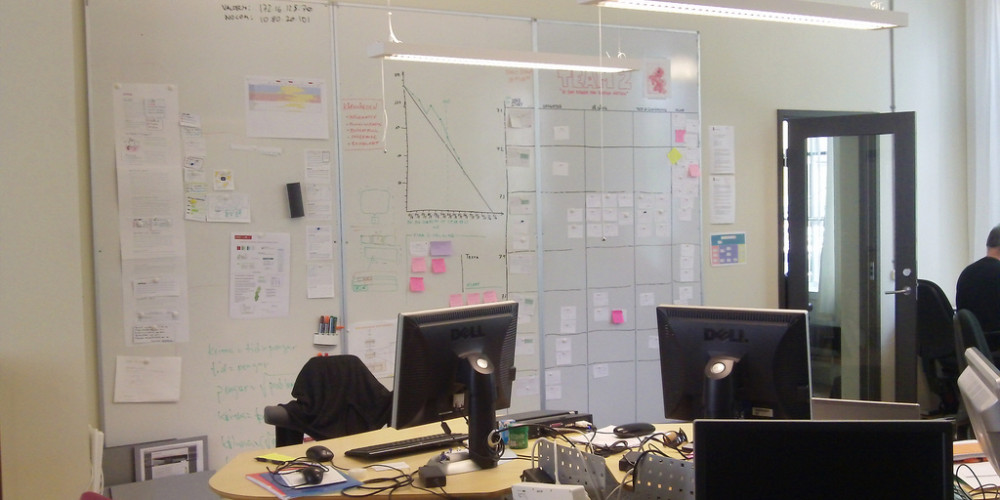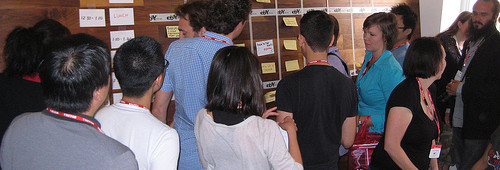As the owner of an mHealth marketing and communications firm, my business is all about helping clients grab the attention of their target markets. There are many ways to do this and they generally fall into either the “inbound” or “outbound” marketing categories. When you promote “to” an audience, say with a banner ad or print ad, that’s typically a form of outbound marketing. Your website and social media channels, however, are considered inbound marketing opportunities. A great website captures your audience’s emails, comments and questions. Turning those relationships into sales is what inbound marketing hopes to achieve.
The problem, I see, is that too many companies get plenty of opportunities from their website and other online platforms, but they fail miserably at the follow-through. Part of that problem, quite simply, is bad timing. Here is a great overview of why your timing may be off, from Geoffrey James.
Problem 1: Waiting Too Long to Call
Unless your product can be purchased over the Web, you’ll need to follow up on any leads generated on your website. Unfortunately, it turns out that most companies are really, really bad at this, and let way too much time lapse before calling the leads back.
About five years ago, Dr. James Oldroyd, worked with the sales technology company InsideSales.com to analyze three years of cold calling data, including 15,000 leads and more than 100,000 call attempts. The purpose of this study was to answer the question: When should companies call Web-generated leads for optimal contact and qualification ratios?
It turns out that the best time to call is within five minutes of the time that that person was viewing your website. In fact, you are four times more likely to successfully qualify a lead and move the opportunity forward if you call within five minutes than if you call between five and 10 minutes.
Problem 2: Calling at the Wrong Time
Conventional wisdom says that you’re most likely to reach somebody by calling during regular working hours, especially right after lunch, when the customer will be relaxed. Turns out that conventional wisdom is dead wrong.
Oldroyd’s study revealed that the best times to call are between 8 a.m. and 9 a.m., and from 4 p.m. to 5 p.m. By contrast, the worst time to call is from 1 p.m. to 2 p.m. In fact, a call placed between 8 a.m. and 9 a.m. is 164 percent better than calling between 1 and 2 p.m.
Conventional wisdom also says that the best day to call is Friday, since that’s when customers are already winding down for the weekend and thus have some free time to take a call. Wrong again. Statistically speaking, the best day to call is Thursday and the worst day to call is Friday.
The takeaway here is that if you are going to be successful at reaching out to your inbound marketing leads, you need to do it as soon as they come in, not the next day or even the next hour! And if a phone call is needed, do it Thursday between 4 p.m. and 5 p.m.







